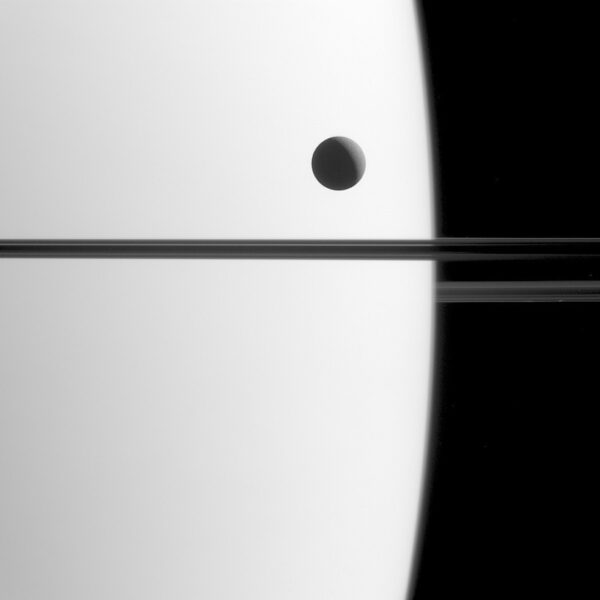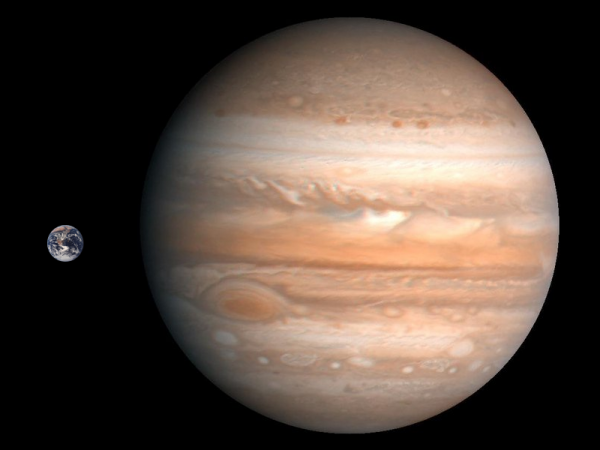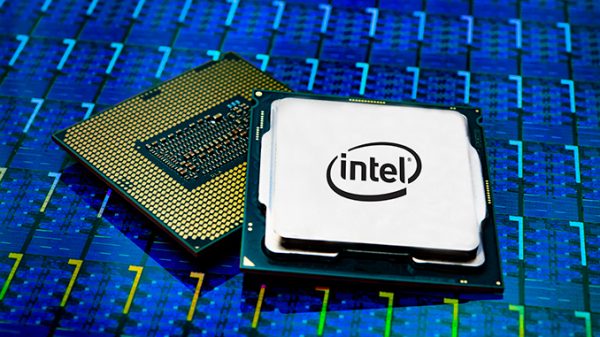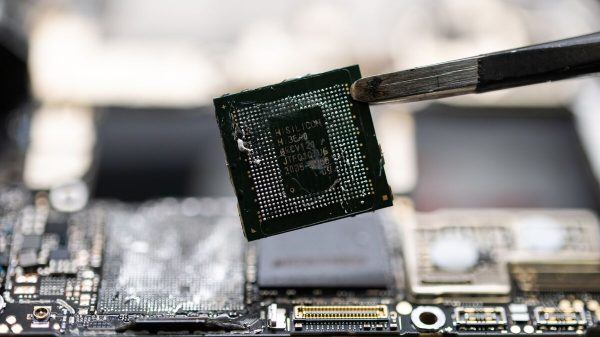Saturn is now being recognized as the “moon king” of our solar system, with astronomers spotting 20 more of them orbiting the giant ringed planet, bringing its total count to 82—three more than Jupiter.
The newly identified small moons, ranging from about 2 to 4 miles (3 to 6 km) in diameter, were detected using the Subaru telescope in Hawaii by a research team led by astronomer Scott Sheppard of the Carnegie Institution for Science in Washington.
“Saturn is the moon king,” Sheppard said on Oct. 9 in an email interview.
The discovery was announced this week by the International Astronomical Unions Minor Planet Center.
One of the moons orbits at an astounding distance of about 15 million miles (24 million km) from Saturn, farther away than any of its other moons. By comparison, Earths moon orbits about 240,000 miles (386,000 km) from the planet.

Seventeen of the newly detected Saturnian moons are orbiting in the opposite direction of the planets rotation. The other three orbit in the same direction Saturn spins, as is typically the case.
A number of the moons appear to be fragments of once-larger moons that broke up in long-ago collisions with other moons or passing comets or asteroids, Sheppard said. That is similar to some of the 79 moons orbiting Jupiter.
Saturn, a gas giant made up mostly of hydrogen and helium, is the second-largest planet in the solar system and the sixth from the sun. Its diameter of about 72,000 miles (116,000 km) dwarfs Earth diameter of about 7,900 miles (12,700 km).
Only Jupiter, the fifth planet from the sun, is larger.
























































